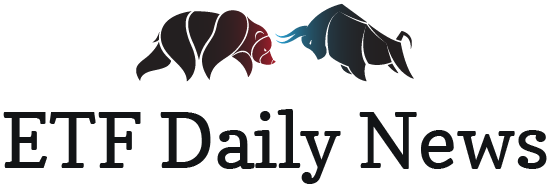Many of us have heard this old chestnut, usually attributed to Mark Twain: “Buy land, they’re not making it anymore.”
A number of America’s richest people understand this, and are now among the country’s largest landholders. The list includes Jeff Bezos, the Ford family, Dr. Peter Buck (co-founder of Subway), Ted Turner, John Malone, and Bill Gates. Gates, in fact, is considered to be the largest private owner of farmland in the country, with some 269,000 acres spread across dozens of states. This is according to the Land Report 100, an annual survey of the nation’s largest landowners.
Yes, farmland—one of the investments Wall Street loves to hate. Yet, it may be one of the best investments out there. Let me explain why…
Farmland is a real (physical) asset. In today’s unsettled and rapidly changing macroeconomic environment—especially as inflation remains elevated—investors should look to farmland for stable returns and protection against inflation.
Farmland has again proven its inflation-hedging ability over the past two years, thanks to its ability to produce positive inflation-adjusted real returns as inflation has risen. Annual inflation in the United States averaged 6.8% over the past two years, quadrupling the previous 10-year average inflation rate of 1.7%.
The chart below shows that U.S. farmland, as represented by the National Council of Real Estate Investment Fiduciaries (NCREIF) Farmland Index, generated positive and increasing total returns during 2021 and 2022. In comparison, other asset classes saw considerable performance swings during the same period, generating negative nominal returns in 2022, a year of tightened monetary policies and elevated inflation.
Farmland beats inflation because the crops produced usually rise in price more than the costs of the inputs required to produce them.
For example, total production expenses increased 19% for U.S. farmers from 2021 to 2022. However, prices of farm products also increased. From March 2021 to December 2022, the overall price of farm-grown and farm-raised products increased more than 40%!
This ability of the price of farm goods to more than offset higher production costs encouraged farmers to continue growing crops. The combination of higher prices and stable output led to record-setting total U.S. farm revenue in 2022, despite multi-decade high inflation rates.
Farmland Offers Stability
In addition to inflation hedging, another key attribute for investing in farmland is its ability to preserve value. Unlike other asset classes whose value may depreciate over time, land-based natural asset classes, such as farmland, retain their value, because…
Continue reading at INVESTORSALLEY.com
